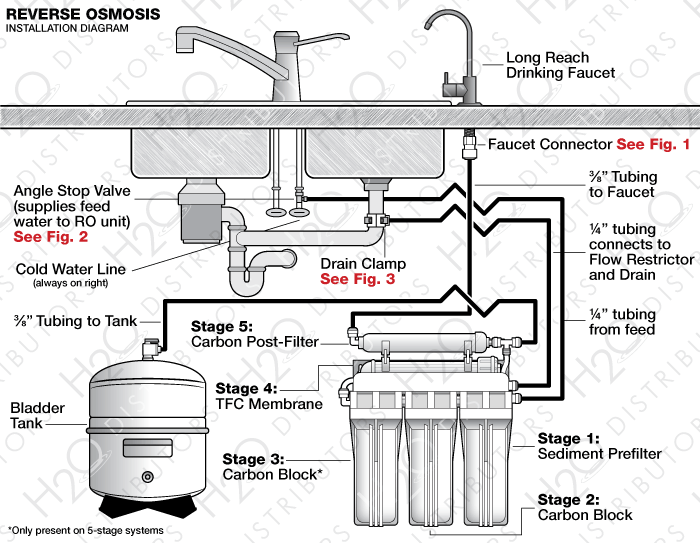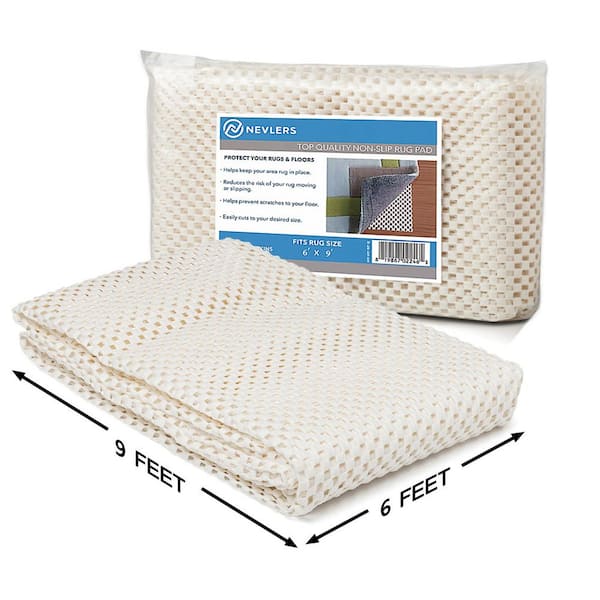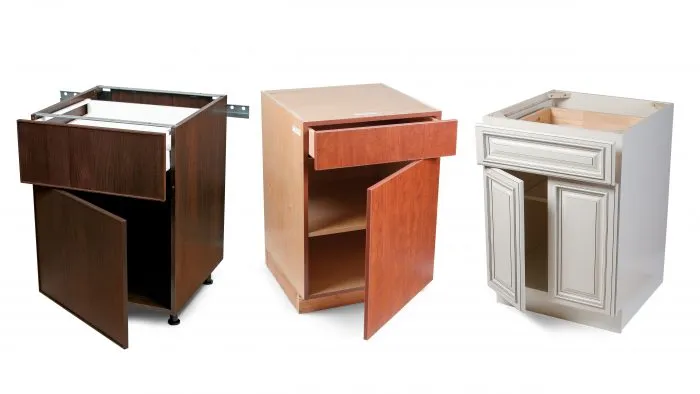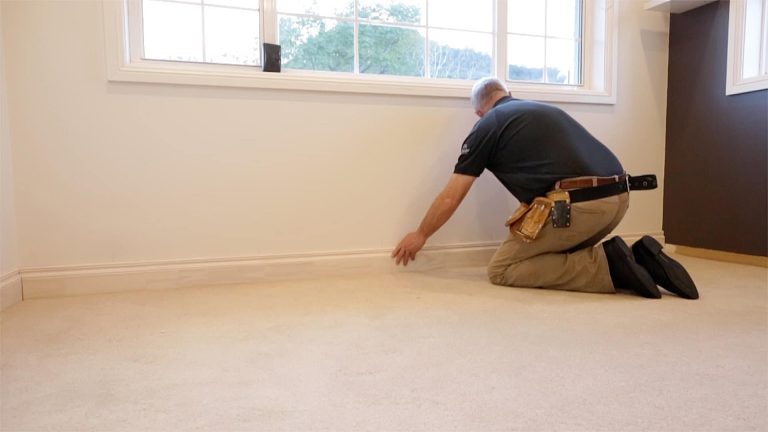Where Is The Best Place To Install A Reverse Osmosis System?
Reverse osmosis (RO) systems are becoming increasingly popular for their ability to provide clean and safe drinking water. They can be installed in a variety of locations, but the best place to install an RO system is typically near the source of water, either in the basement or in the garage. This ensures that the water pressure is not affected and the water is filtered as soon as it enters the home. If the RO system is too far away from the source, it may not be able to adequately filter the water. It is also important to make sure that the RO system is installed in an area with good air circulation and away from direct sunlight.
Overview of Reverse Osmosis Systems
Reverse osmosis (RO) systems are among the most popular home water filtration solutions today. An RO system removes 99% of contaminants from drinking water, including lead, chlorine, arsenic, and other harmful pollutants. It is an ideal choice for those who want to ensure the safety of their drinking water and protect their health. But there is one question that remains: where is the best place to install a reverse osmosis system?
The answer to this question depends on your individual needs and the type of system you choose. Generally, the most convenient place to install a reverse osmosis system is under the kitchen sink. This location is the most accessible for regular maintenance and filter changes. You can also install an RO system in the basement or garage, but this option may require more plumbing work.
For larger households that require a more powerful filtration system, a whole-house RO system may be the best option. Whole house systems filter all of the water that enters the home, so they need to be installed near the main water line. If you do not have an accessible water line, you may need to hire a professional plumber to install the system.
No matter what type of reverse osmosis system you choose, make sure to follow the manufacturer’s instructions for installation and maintenance. Doing so will ensure your system operates efficiently and effectively for years to come.
Benefits of Installing a Reverse Osmosis System
Installing a reverse osmosis system can provide numerous benefits to homeowners. A reverse osmosis system can provide purified water throughout your home, eliminating the need for bottled water and other expensive water filtration systems. Reverse osmosis systems can also reduce the amount of contaminants in your water, leading to improved health benefits. Additionally, reverse osmosis systems can reduce the amount of sediment in your water, which can prevent clogging and reduce the need for frequent water filter replacements. When considering the installation of a reverse osmosis system, it is important to find the best place for installation.
The ideal location for installing a reverse osmosis system varies depending on the size of the system and the needs of the homeowner. Generally, the best place for installation is near the main water supply line, such as near the water heater or under the sink. This allows the system to easily access the main water supply and filter the water before it enters the home. Additionally, installing the system closer to the main water supply can reduce the amount of time and effort needed to install the system, as it does not need to be connected to the entire plumbing system.
Installing a reverse osmosis system provides numerous benefits to homeowners, and finding the best place for installation is key to getting the most out of the system. By selecting an ideal location, homeowners can ensure that their system is installed properly and are able to access the main water supply easily. This can lead to improved health benefits, cost savings, and improved water quality.
Factors to Consider When Choosing a Location
When deciding where to install a reverse osmosis system, there are several factors to consider. Location can have a significant impact on the performance of the system, so it is important to choose a spot that is both convenient and efficient. The following factors should be taken into account when selecting an ideal location for a reverse osmosis system:
- Accessibility: The chosen area should be easy to access for maintenance purposes, as well as for potential replacements or upgrades.
- Plumbing: The location should be close to existing plumbing, as this will make installation easier and more cost-effective.
- Space: Consider the available space in the area, as reverse osmosis systems require a significant amount of room to operate efficiently.
- Noise: Reverse osmosis systems can produce a lot of noise, so they should be installed in an area where there won’t be a disturbance.
- Temperature: The system should be installed in an area that is not prone to extreme temperatures, such as an unheated basement or garage.
By considering the above factors, homeowners can ensure that their reverse osmosis system is installed in the most efficient and convenient location possible.
Common Locations for Installing Reverse Osmosis Systems
Reverse osmosis systems are an increasingly popular choice for purifying water in homes, offices, and other commercial buildings. But where is the best place to install this system? The answer depends on several factors, including the size of the system, the type of water supply, and the layout of the building. Generally speaking, there are a few common locations that are ideal for installing reverse osmosis systems.
One of the most common locations for installing reverse osmosis systems is near the main water supply line, such as near the water heater or water softener. This ensures that the system has access to a consistent water supply and is easy to maintain. Another common location is near the sink, as this is often the most convenient place for tap water to be purified.
For larger systems, installing the system in a basement or garage may be a better option. This gives the system access to more space and makes it easier to install additional components, such as storage tanks and pre-filters. Additionally, basements and garages tend to be cooler than other rooms in the house, which helps to protect the system from extreme temperatures.
Finally, if the system is for a commercial building, the best location is often near the water supply line for the entire building. This makes it easier to provide purified water to all areas of the building, and it also helps to keep maintenance costs low.
No matter where you choose to install a reverse osmosis system, it is important to ensure that it is properly set up and that all components are working correctly. This will ensure that you get the most benefit from the system and that the water is properly purified.
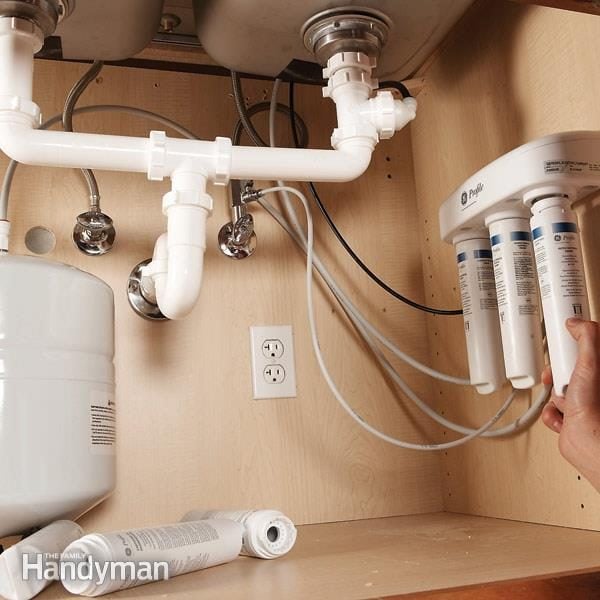
Installation Considerations
Installing a reverse osmosis system is an important step in ensuring the quality of your water. But where you install the system can have a major impact on its effectiveness. To get the most out of a reverse osmosis system, it is important to consider where the best place for installation is.
When considering where to install a reverse osmosis system, you should consider factors such as accessibility, ease of maintenance, and the proximity of other water sources. For instance, if your home has two different water sources, such as a well and city water, you should consider installing the reverse osmosis system close to the highest quality source. This will ensure the highest quality of water is filtered.
In addition to proximity to water sources, you should also consider the ease of access to the system for maintenance and repairs. If you have a basement or a crawlspace, these are ideal locations to install the reverse osmosis system, as they allow easy access to the unit. It is also important to consider the amount of space available, as a larger system will require more room for installation.
Finally, you should also consider the type of water that will be filtered. For example, if you are using the reverse osmosis system to filter salt water, it is important to install the unit closer to the location of the saltwater source. This will help ensure that the system is able to filter the water efficiently and effectively.
Ultimately, the best place to install a reverse osmosis system will depend on a variety of factors, such as proximity to water sources, accessibility for maintenance, and the type of water that will be filtered. By considering these factors, you can ensure that your reverse osmosis system is installed in the best possible place for maximum efficiency.
Maintenance and Troubleshooting Tips
Installing a reverse osmosis system is a great way to improve the quality of your water, but it is essential to know how to maintain and troubleshoot the system to ensure it runs smoothly. Regular maintenance is key in preventing common issues with reverse osmosis systems, such as bacterial growth, mineral build-up, and clogged filters. Troubleshooting should be done when issues arise, such as low water pressure, strange smells and tastes, and poor filtration. To ensure your reverse osmosis system works properly, here are some tips for maintenance and troubleshooting.
Cleaning the system is essential to prevent bacteria and mineral build-up. All components should be cleaned on a regular basis. If the system is not cleaned regularly, the filters may become clogged and the system will not work efficiently. It is also important to replace the filters on a regular schedule. This will help keep the water clean, and it will also prevent any issues with the system.
If there are any issues with the system, it is important to troubleshoot the problem. The first step is to check the pressure gauge, as this will give you an indication of how well the system is functioning. If the pressure is too low, check the filters and the membrane. If the pressure is too high, it could indicate a possible leak. Additionally, check the system for any strange smells or tastes, as this could indicate bacterial growth or a clogged filter.
Maintaining and troubleshooting your reverse osmosis system is essential to ensure it operates as intended. Regular cleaning and filter replacement will help keep the system running smoothly, while troubleshooting will help identify any issues that may arise. With proper maintenance and troubleshooting, you will be able to enjoy clean and safe water for years to come.
Potential Hazards of Installing a Reverse Osmosis System
Installing a reverse osmosis (RO) system is a great way to access clean drinking water in your home. However, there are potential hazards associated with installing an RO system that must be taken into consideration.
For starters, the installation of a reverse osmosis system requires a certain level of plumbing expertise. If the installation isn’t done properly, it can lead to water leakage, clogged pipes, and other plumbing problems. Additionally, the quality of the water that comes out of the RO system can vary depending on the quality of the filters and other components used in the system. It’s important to use good quality components to ensure that the water being produced is of high quality and safe for drinking.
Finally, it’s important to make sure the system is installed in the right place. Ideally, the RO system should be installed near the main water line, as this will ensure the highest quality of water. Additionally, the system should be installed away from any sources of heat, as this can reduce the effectiveness of the system.
Installing a reverse osmosis system can be a great way to access clean drinking water, but it’s important to consider the potential hazards associated with the installation process. By taking the time to do the installation correctly, you can ensure that your reverse osmosis system is providing you with the highest quality water possible.
Conclusion
The best place to install a reverse osmosis system is in the area of the home where the water supply enters the home. This will ensure the highest quality of water for all the fixtures and appliances in the home. Additionally, the reverse osmosis system should be installed by a professional to ensure proper installation and maintenance of the system.
